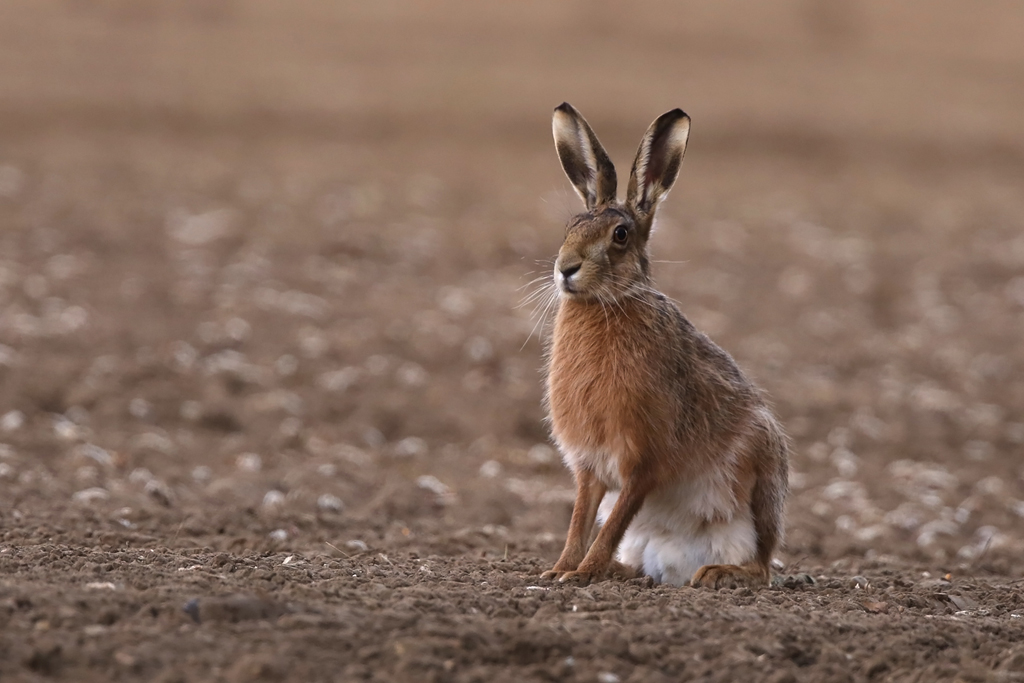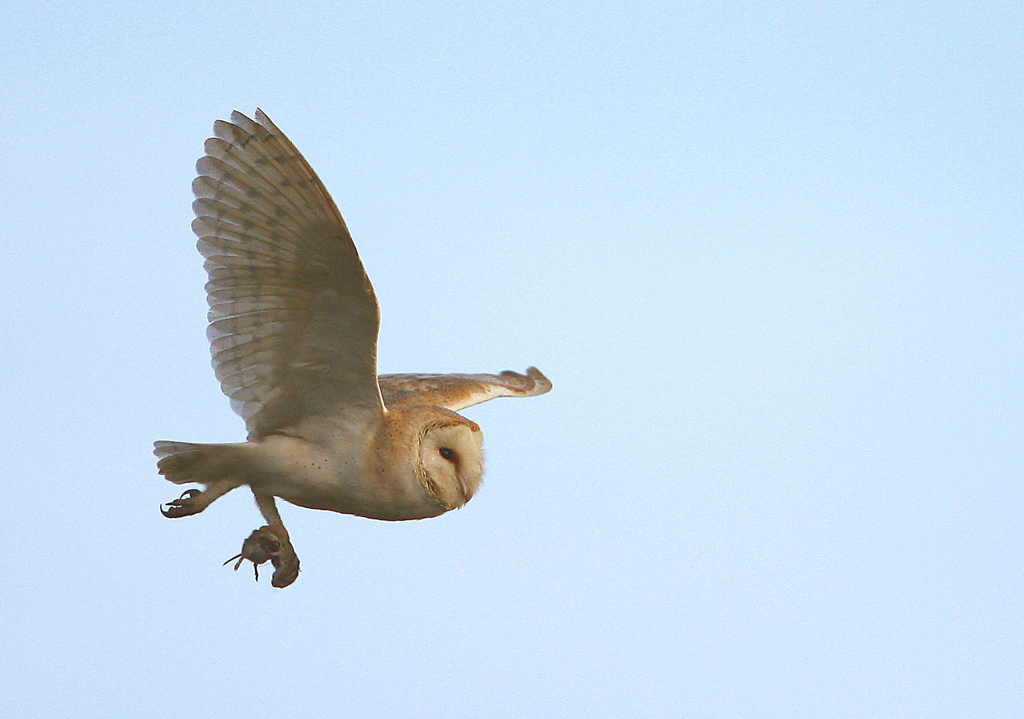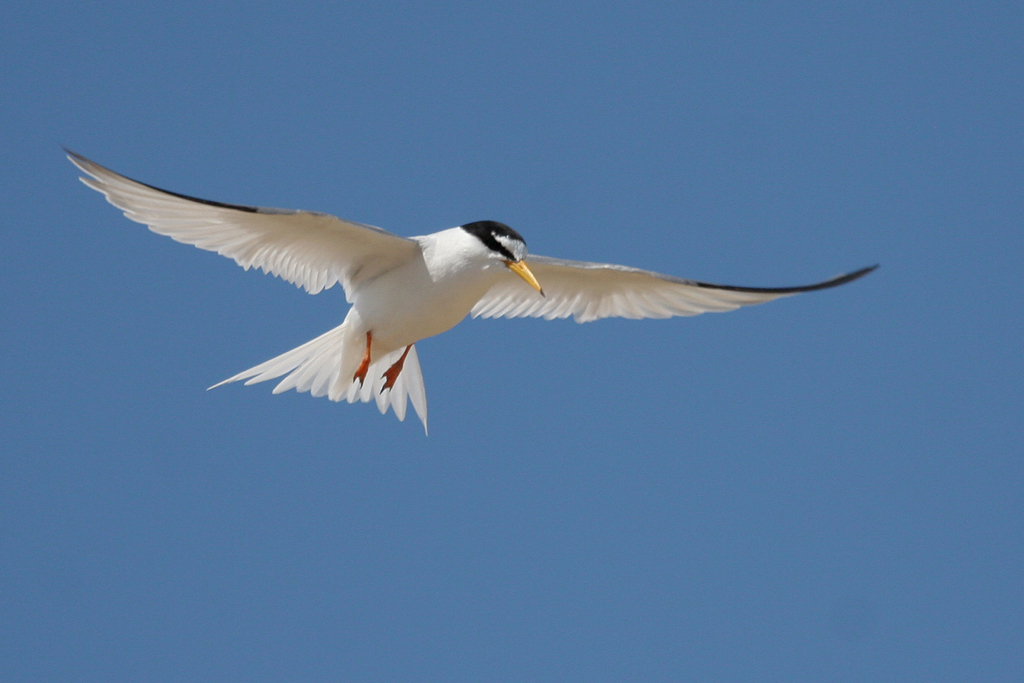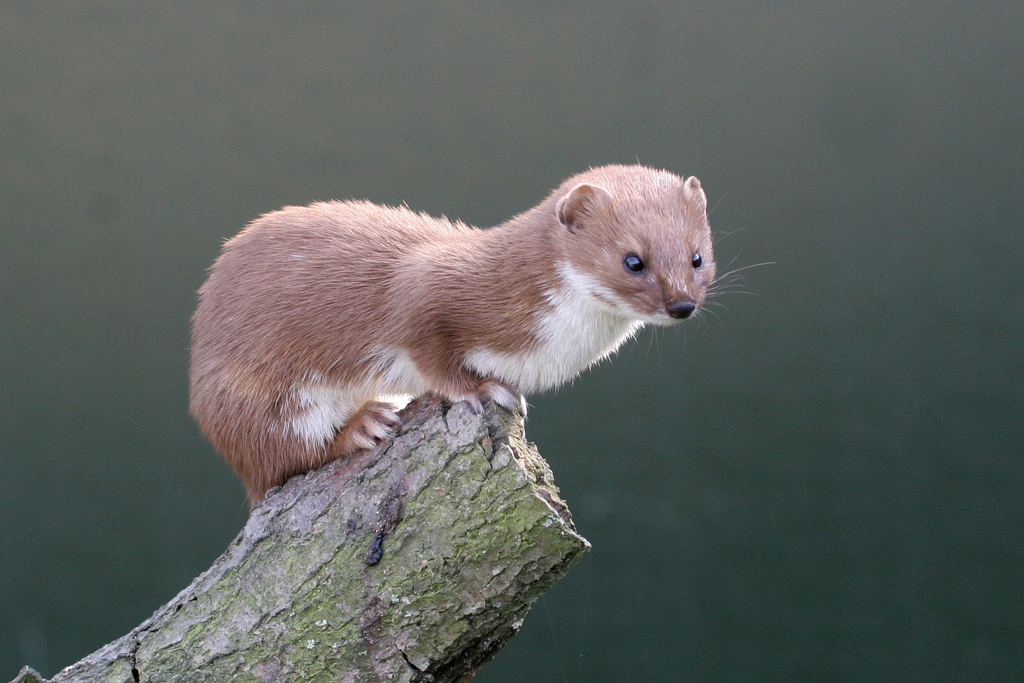I walked out on one of those dark, dank January days when the countryside seemed drained of colour and was eerily silent, as if muffled by the rising mist. That made all the more dramatic the deep throbbing bass note I suddenly heard as a large dark bird flew purposefully overhead with slow, elastic wing-beats. It called again, a hollow kronk kronk – and I realized I’d just encountered a raven. And now I could also see that in silhouette the bird had the distinctive diamond shaped tail of that species and a huge dagger bill.
Ravens are the largest members of the Corvid family, much bigger than rooks or crows, and even larger than the buzzards we regularly see around now. Up to the nineteenth century ravens used to be common throughout Britain, but they were progressively hunted out in the south and east and until recently you could only see (or hear) them in the wilder parts of Wales and the West Country or in Upland Britain. Indeed, they weren’t that easy to see anywhere, having become very shy and wary of humans – as well they might be. But, like the buzzards, they are now making a comeback and are spreading eastwards again. They’ve been breeding here in Suffolk since 2018 and seem to be re-establishing themselves.

Ravens are basically carrion-eaters – hence that meat-cleaver bill and their sinister associations with death and disaster. Ravens were a familiar sight on battlefields and used to follow armies to feast on the corpses slain in battle, not just in the ancient world but up to at least the time of the Wars of the Roses in the fifteenth century. From this it was an easy step to imagine them as prophets of doom, and maybe that’s why the collective noun for them is ‘an unkindness of ravens’. Ravens could be good omens as well as bad, however. We all know the legend that if the famous ravens long resident in the Tower of London should ever forsake it the kingdom would fall. It turns out, though, that there is no real evidence that ravens were kept there until the 1880s, when the story first appeared in a children’s book.
Myths can be manipulated as well as manufactured, of course. During the Second World War all the Tower birds except one, who was rather sweetly called Pauline, were killed in the bombing raids and their aftermath. So, on Churchill’s instructions the keepers secretly brought in some new ones to keep up the national morale. A patriotic deception.
Anyway, I’ll settle for my raven being a good omen and a welcome return of a native.
Jeremy Mynott
10 January 2025








